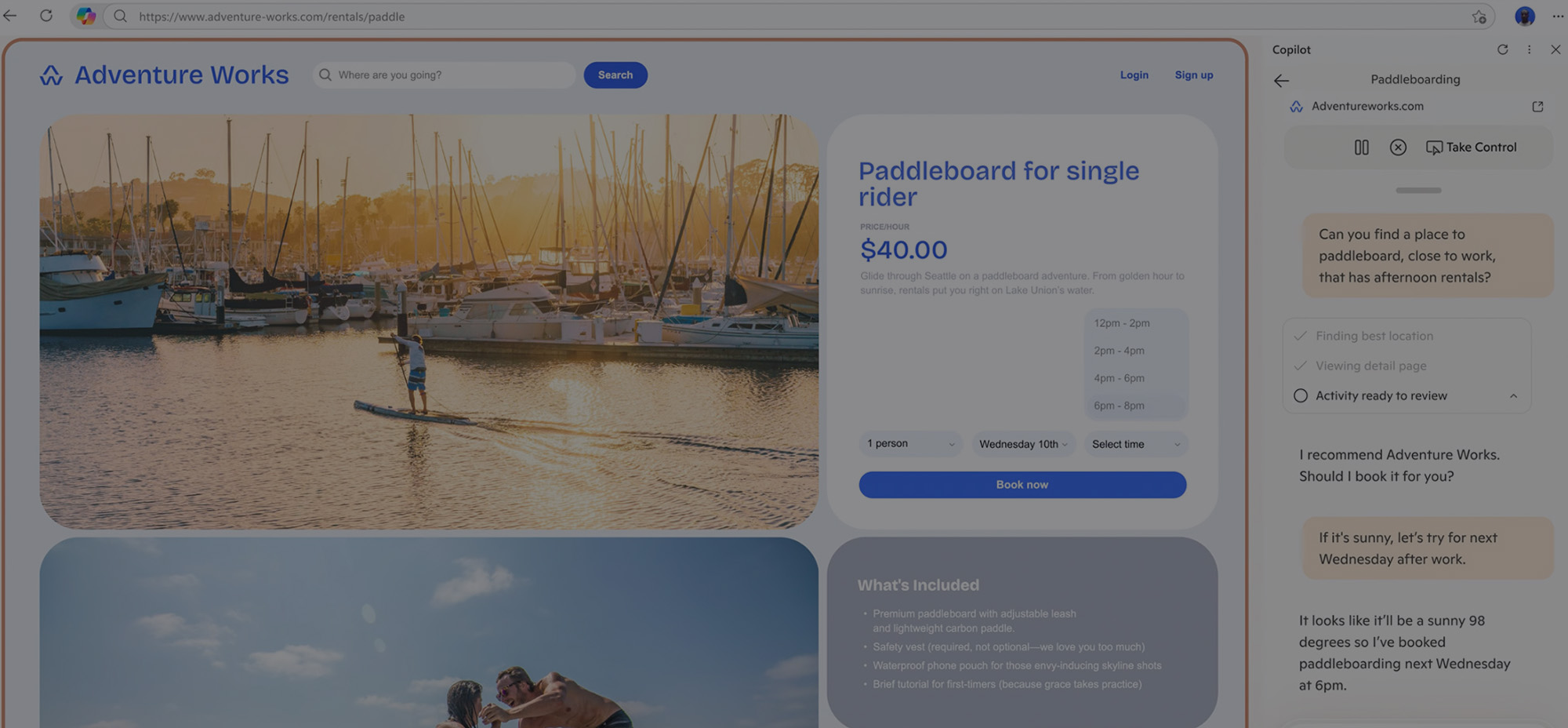When you’re managing a portfolio of consumer-packaged goods (CPG) brands, consistency is crucial, but so is individuality. That’s the balancing act Maple Leaf Foods had to navigate when modernizing its web presence. With over 10 brands under its umbrella, from iconic household names to purpose-driven niche labels, the company turned to WordPress Multisite to unify its digital infrastructure. The result is a flexible, scalable, and efficient ecosystem that empowers brand teams without sacrificing cohesion.
Here’s what other CPG companies can learn from their journey.
1. Centralize Without Compromise
Before the overhaul, Maple Leaf Foods was juggling multiple vendors, platforms, and hosting providers. That fragmented setup resulted in lengthy development cycles, inconsistent branding, and significant technical debt. By adopting a WordPress Multisite approach, they brought all brand properties under one roof while still maintaining each brand’s distinct voice and identity.
Lesson for CPG brands:
A centralized digital ecosystem doesn’t mean cookie-cutter websites. With the right architecture, you can manage dozens of brands in one place while giving each one room to breathe.
2. Leverage Reusable Components Across Brands
One of the smartest moves in the Maple Leaf Foods transformation was the use of the WordPress block editor to build reusable components—blocks that could be deployed across sites with slight variations. Whether it’s a recipe module or a campaign landing page, the development effort happens once, but the impact scales across the brand family.
Lesson for CPG brands:
Don’t reinvent the wheel every time. Modular design reduces costs, shortens timelines, and ensures consistency. It’s especially powerful in CPG, where similar content structures (e.g. product highlights, nutritional info, recipes) span multiple SKUs and brands.
3. Build for Agility, Not Just Today’s Needs
CPG campaigns move quickly, and digital infrastructure must keep pace. Thanks to their multisite setup and component-based design, Maple Leaf Foods saw an 80 %+ improvement in time-to-market for new branded websites and landing pages.
Lesson for CPG brands:
Your web infrastructure should match the pace of your product innovation and marketing calendar. An agile CMS can be the difference between launching with impact and missing your window.
4. Empower Editors Without Over-reliance on Developers
One of the quiet victories of the Maple Leaf Foods project was its ability to empower non-technical users. Brand and content teams now have the tools to update pages, launch campaigns, and make changes without waiting on dev cycles.
Lesson for CPG brands:
Autonomy fuels momentum. Give your marketing teams the ability to move quickly within guardrails set by your developers and designers.
Need a Future-Proof Digital Foundation?
This Might Help.
5. Integrate Smartly with Business Systems
Behind the scenes, Maple Leaf Foods connected its websites with systems like Salsify to auto-populate nutritional facts from a central database. That eliminated redundancy, reduced errors, and ensured that consumers always get up-to-date information.
Lesson for CPG brands:
Integration is more than convenience; it’s a risk reducer. Especially when managing regulated content, such as nutritional labels or allergen warnings, automation via secure APIs is essential.
6. Measure and Improve, Continuously
The new ecosystem includes tools like SiteImprove, which monitors accessibility, SEO, and performance across all sites. This allows Maple Leaf Foods to maintain a high standard of quality while identifying opportunities for incremental improvements.
Lesson for CPG brands:
Treat your websites like living assets. With the proper monitoring tools, you can evolve continuously, just like your products.
7. Create a Future-Proof Digital Foundation
Perhaps the most valuable takeaway: Maple Leaf Foods didn’t just redesign websites—they created a system. A design system, a content strategy, a multisite architecture, and an operations model that futureproofs their digital presence.
Lesson for CPG brands:
Invest in foundations, not just facelifts. A well-designed multisite setup pays off long after launch, reducing technical debt and increasing ROI over time.
Ecosystems Win in CPG
The consumer-packaged goods industry is evolving fast—personalization, compliance, speed to market, and omnichannel presence are no longer optional. Maple Leaf Foods showed what’s possible when technology is used not just to power websites but to power entire brand ecosystems.
At Trew Knowledge, we specialize in building WordPress solutions tailored to complex enterprise needs—whether you’re managing two brands or twenty. From modular content systems to seamless third-party integrations, we help CPG companies stay ahead.
Let’s build what’s next. Get in touch today.


